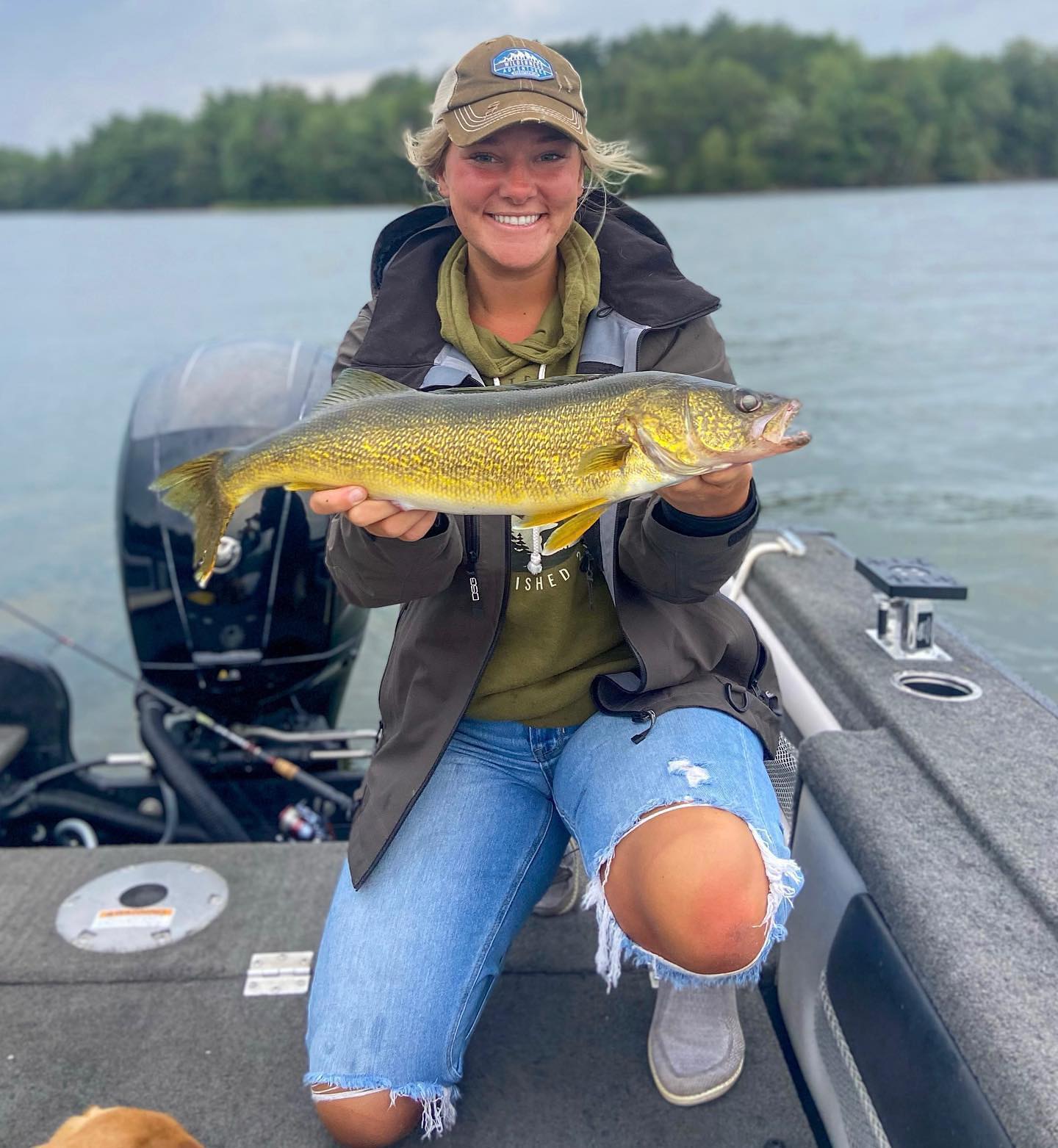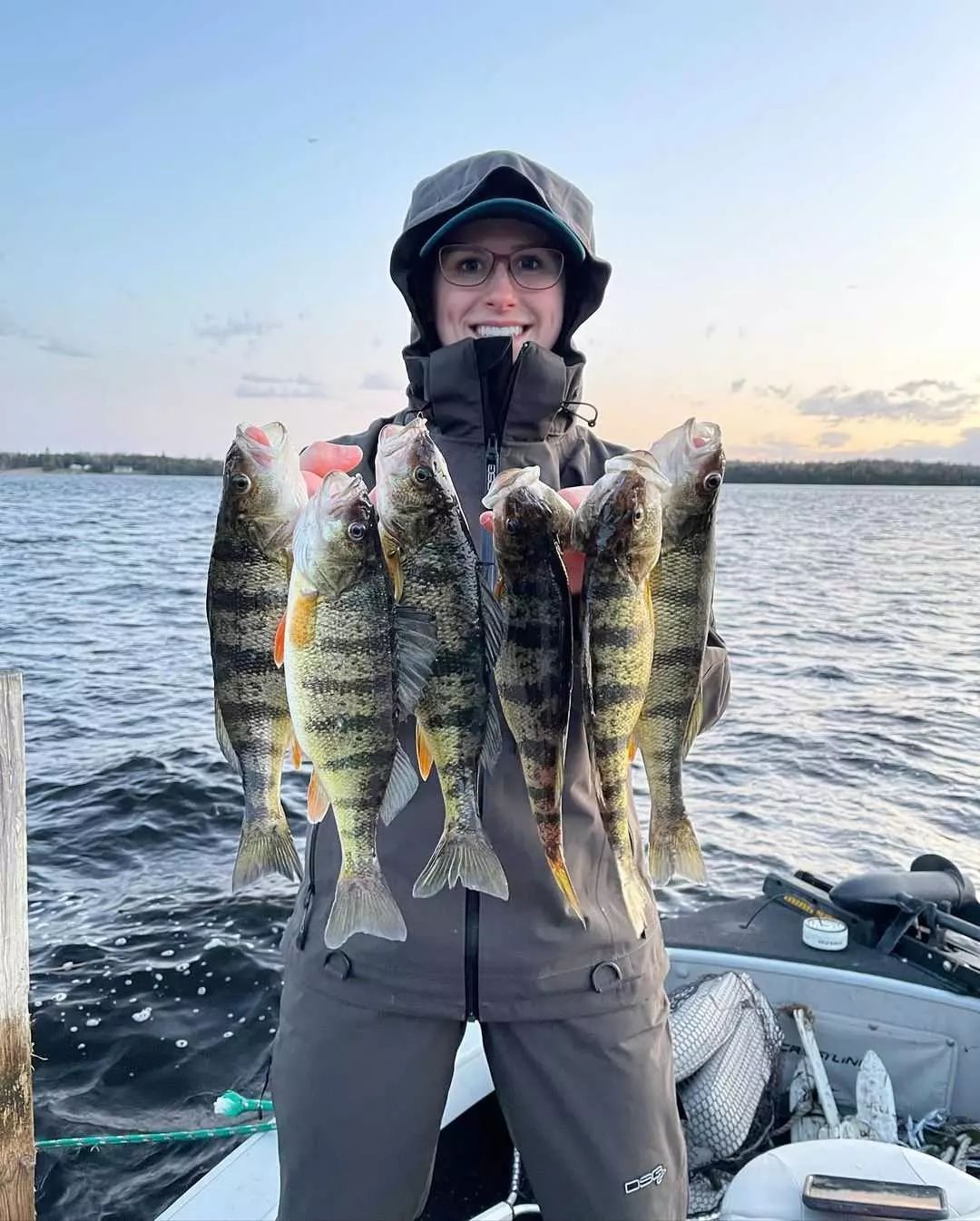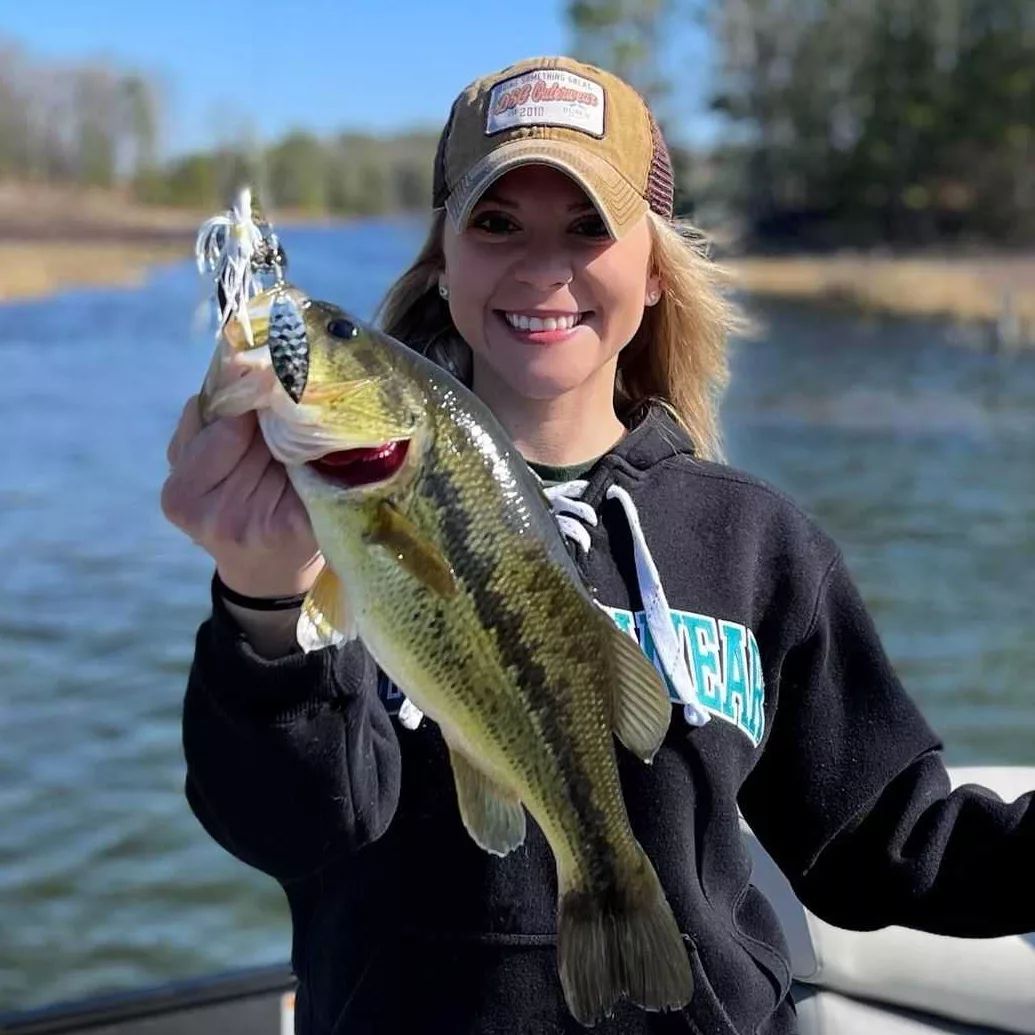6 Tips for Fall Fishing
Posted by Samantha Simma on Sep 30th 2022
It’s likely time to start (or start thinking about) layering up for the fall fishing season. Fortunately, DSG Outerwear has your gear covered during the seasonal cooldown. But beyond what to wear, there are some tips and tricks you can try to improve your success during the fall fishing season. Make the most of the time you have left on the open water, with these six tips for fall fishing.

1. Time it Right
During the summer months, most anglers will fish in the mornings and evenings, as fish activity slows during the hottest part of the day. However, during the fall, you can get away with shifting your fishing hours closer to midday. Think mid-morning or afternoon, when the water temperatures have warmed enough to shake off a fish’s cold water sluggishness.
2. Slow Your Roll
Fish are especially fickle in the fall, as they are careful to conserve their energy. Slower, steady bait presentations are more likely to capture the attention of picky fish. The cooler water temperatures cause fish to slow down, so they’ll be more inclined to pursue slower prey as well.
3. Which Bait is Best?
Winter may feel like a distant future, but the fish know the hard water isn’t far off. As a result, the fish will be looking to selectively stock up their stores of energy for the winter ahead. Avoid larger lures, which fish make skip because of the hassle of retrieval. Also, larger lures are more likely to show slight imperfections if you’ve slowed your presentation (according to tip number two!).

4. Switch Up Your Species
You may only have eyes for certain types of gamefish, but if you’ve ever considered pursuing other species, fall is the time to shake things up. Cooling water temperatures can cause a spike in bites from all kinds of fish. Variety may be the spice of life, but it’s also the name of the game come fall.
5. Warm Waters
While the opposite is true during the summer months, fish can enjoy waters that have been warmed by the sun during the fall. Seek out shallow coves and flats with dark-colored bottoms which soak up the sun. As the deeper waters become cooler, fish will become more active in the shallows.
6. Weeds for Feed
Vegetation begins to die off as the water becomes too cold to sustain them. Those weed beds that remain, therefore, attract concentrations of feeding fish. The larger fish you’re after will continue to use the weeds as hunting grounds until they disappear.


